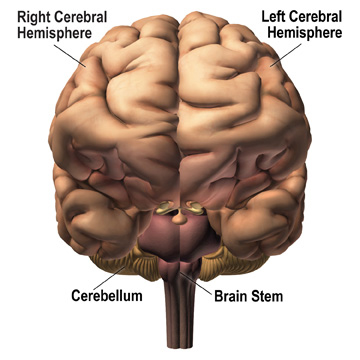APAF Newsletter Vol. 5 No. 2
Introduction
I’d like to take this opportunity to update you on new pathways to collaborate with APAF, which we call APAF Collaboration and Innovation Central (APAF-CIC). In this newsletter we provide some examples of how our collaborators have used these approaches which have led to significant grant funding, thereby opening new research opportunities.
Is proteomic data analysis slowing your research?
Bioinformatics has become increasingly important in the analysis of large data sets produced from quantitative proteomic analysis. When you have multiple conditions and 10-20 samples from those conditions to compare you need reliable statistics and bioinformatics methodologies. At APAF our team of Bioinformaticians have developed software solutions to give researchers simplified data analyses to rapidly generate knowledge from the data. They can customise workflows to suite
APAF Collaboration and Innovation Central

Macquarie University (MQ) has a long and distinguished track record of conducting collaborative research with academe, industry and government. As part of Macquarie University’s research strategy “Framing of futures” we seek to establish an “innovation nexus” where MQ and our partners will contribute impactful solutions and develop lasting relationships. APAF aligns with MQ strategy aiming to be a partner of choice that engages and delivers high quality proteomic outcomes using advanced infrastructure and “best in class” techniques. APAF engages with more than 100 different scientists per year in providing research solutions in mass spectrometry, proteomics, glycomics, analytical protein chemistry and bioinformatic sciences. APAF encourages thoughtful discussion addressing both short term collaborations and longer term investigations to resolve vexing questions of impact.
Partnering with APAF leads to grant success
APAF’s mass spectrometry discovery platform based on SWATH label-free analysis will be a key technique supporting the search for biomarkers associated with dementia and motor neuron disease. This research is supported through a $6.37 million grant from the National Health and Medical Research Council (NHMRC),

Image courtesy National Institute on ageing
